There is a common thread running through Flanders, invisible but strong, weaving together artistic masterpieces, majestic architecture, places of worship and stories of famous people. As in Mechelen for example, an elegant town on the river Dijle that was deeply marked by the iconoclasm of the mid-sixteenth century, when numerous religious works were destroyed by the so-called “storm of images.” But as is often the case in places marked by a strong cultural identity, the wounds became an opportunity to give the city a new light. The citizens of Mechelen did not give in to the devastation: they rebuilt churches, recovered altars, and commissioned new works. Among the protagonists of this rebirth, just to name a few, were Peter Paul Rubens, Antoon van Dyck, and Lucas Faydherbe. Today it is possible to get to know these places through the special"The Masters of Mechelen and More" tour: not only a journey through time, but also into the soul of a city that, although hit hard by the iconoclastic fury of the 16th century, was able to reinvent itself and rise again with pride, beauty and determination.
The ideal starting point of the tour is St. Rombaldo’s Cathedral, dominated by a 97-meter bell tower, on which you can climb (a whopping 538 steps!) to enjoy a panorama that encompasses the entire city and its surroundings. But it is inside the Cathedral that the real treasure is to be found: the Christ on the Cross by Antoon van Dyck and an incredible collection of Flemish sacred art, with works by Michel Coxcie as well as Gaspard de Crayer and Abraham Janssens. But above all is the 1665 high altar by Lucas Faydherbe, a pupil of Rubens and a central figure in Flemish Baroque sculpture and architecture.

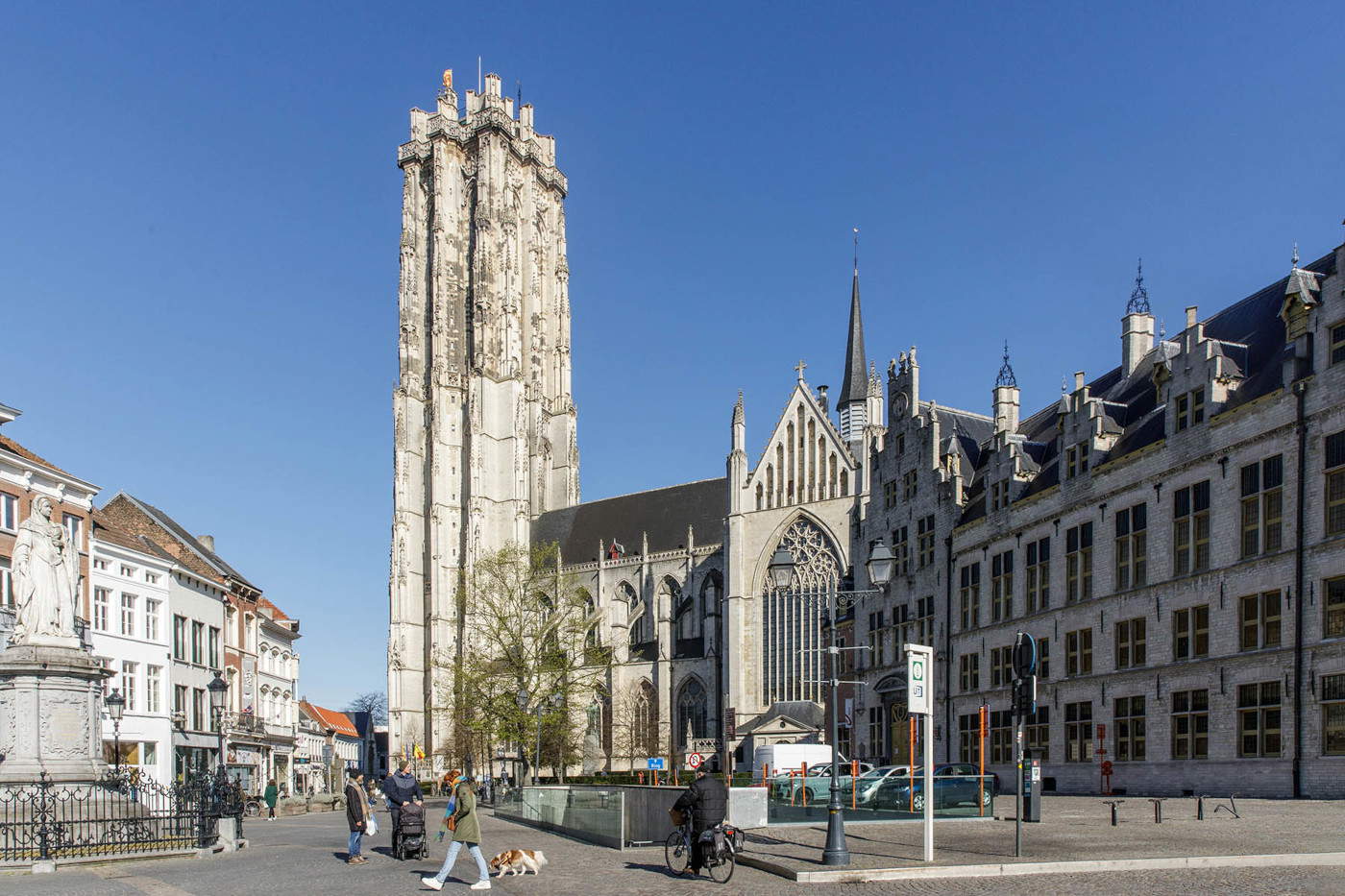

The tour then leads to the discovery of other extraordinary churches, each with its own soul and masterpieces.
The Church of Our Lady beyond the Dijle holds a monumental triptych by Peter Paul Rubens, The Miraculous Peach: the masterpiece was commissioned from him by the fishermen’s guild and survived destruction by an American bomb in World War II, which destroyed part of the building.
The Basilica of Our Lady of Hanswyk, on the other hand, features the aforementioned Lucas Faydherbe: in addition to designing the church, the construction of which began in 1663, the artist created two stucco reliefs depicting theAdoration of the Shepherds and the Ascent to Calvary, considered two true masterpieces of Baroque sculpture in the southern Netherlands. Religious furnishings and textiles can also be seen in the church, in particular an 18th-century antependium, also considered a Flemish masterpiece. Then there is the polychrome statue of Our Lady of Mercy of Our Lady of Hanswyk, to which an ancient legend is linked: it seems that the statue freed a fully laden ship that had run aground along the shore of the Dyle in the 10th century.
The Church of St. Peter and Paul, whose origins are due to the Jesuit order, is one of the finest examples of Flemish Baroque, and inside, absolutely a must-see is the carved pulpit by sculptor Hendrik Frans Verbruggen, an artist who specialized in Baroque church furnishings. Made of oak around 1700, the pulpit was conceived as one large sculptural work and was meant to convey to believers the faith that the Jesuits were spreading throughout the world.
But it does not end there: there are also the Church of St. John, custodian of another masterpiece by Peter Paul Rubens, the triptych of theAdoration of the Magi, and well-preserved frescoes from the 14th century; the Gothic-style Church of St. Catherine, which houses Pieter Valckx’s splendid carved pulpit inside; and the Church of the Beghinaggio, with its Baroque façade, which combines Italian influence with typical local architecture and houses a rich collection of paintings inside, including theAdoration of the Magi by Theodoor van Loon, theAssumption of Mary by Lucas II Franchoys, and The Mystic Wedding of Catherine of Alexandria by Theodor Boeyermans.
TheHof van Busleyden, a Burgundian-style palace now converted into a museum, completes this cultural immersion. Here one breathes the intellectual climate of the Flanders Renaissance: indeed, consider that its corridors were traversed by thinkers such as Thomas More and Erasmus of Rotterdam. You can also admire well-preserved frescoes in typical Flemish Renaissance style probably done by Jan van Roome around 1508.
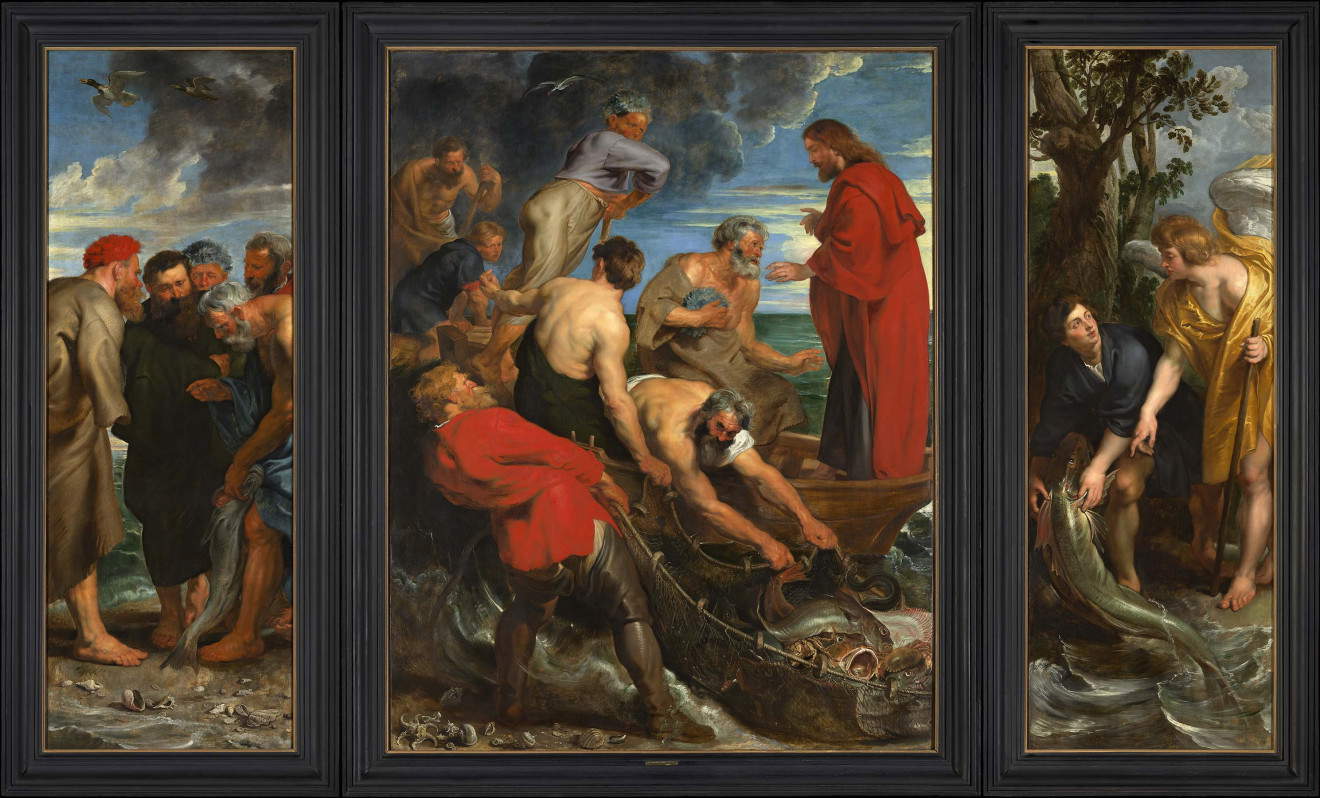
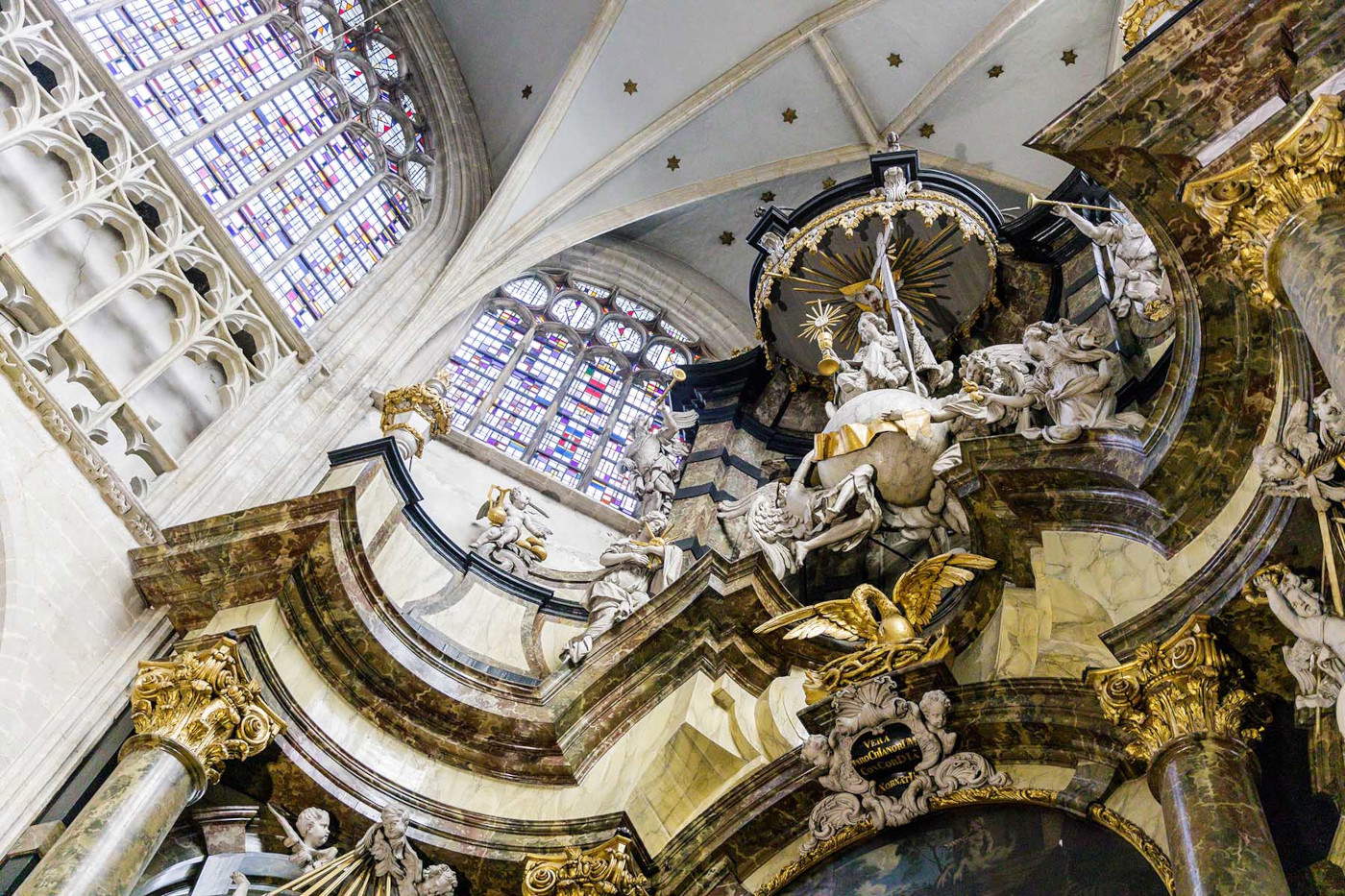
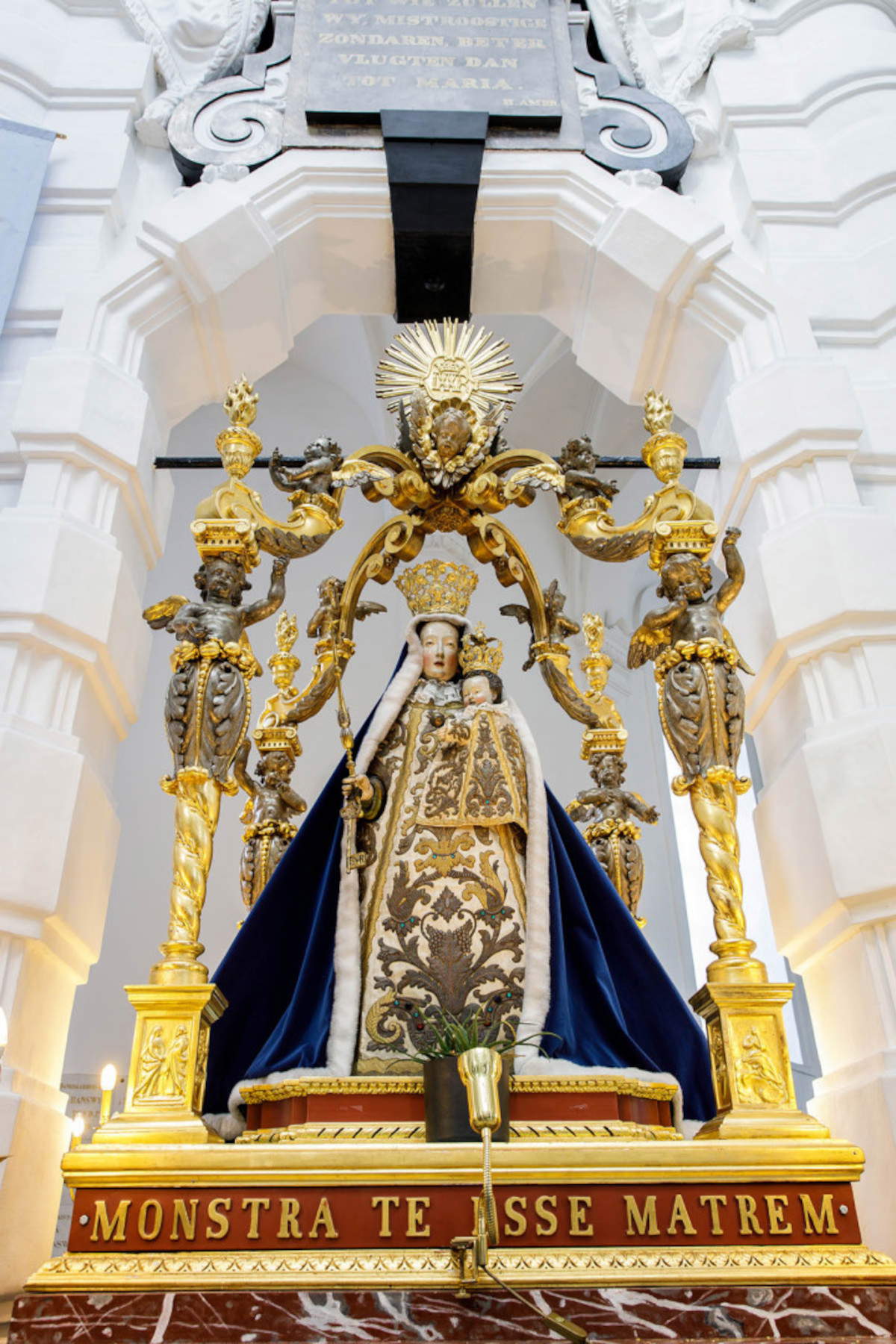
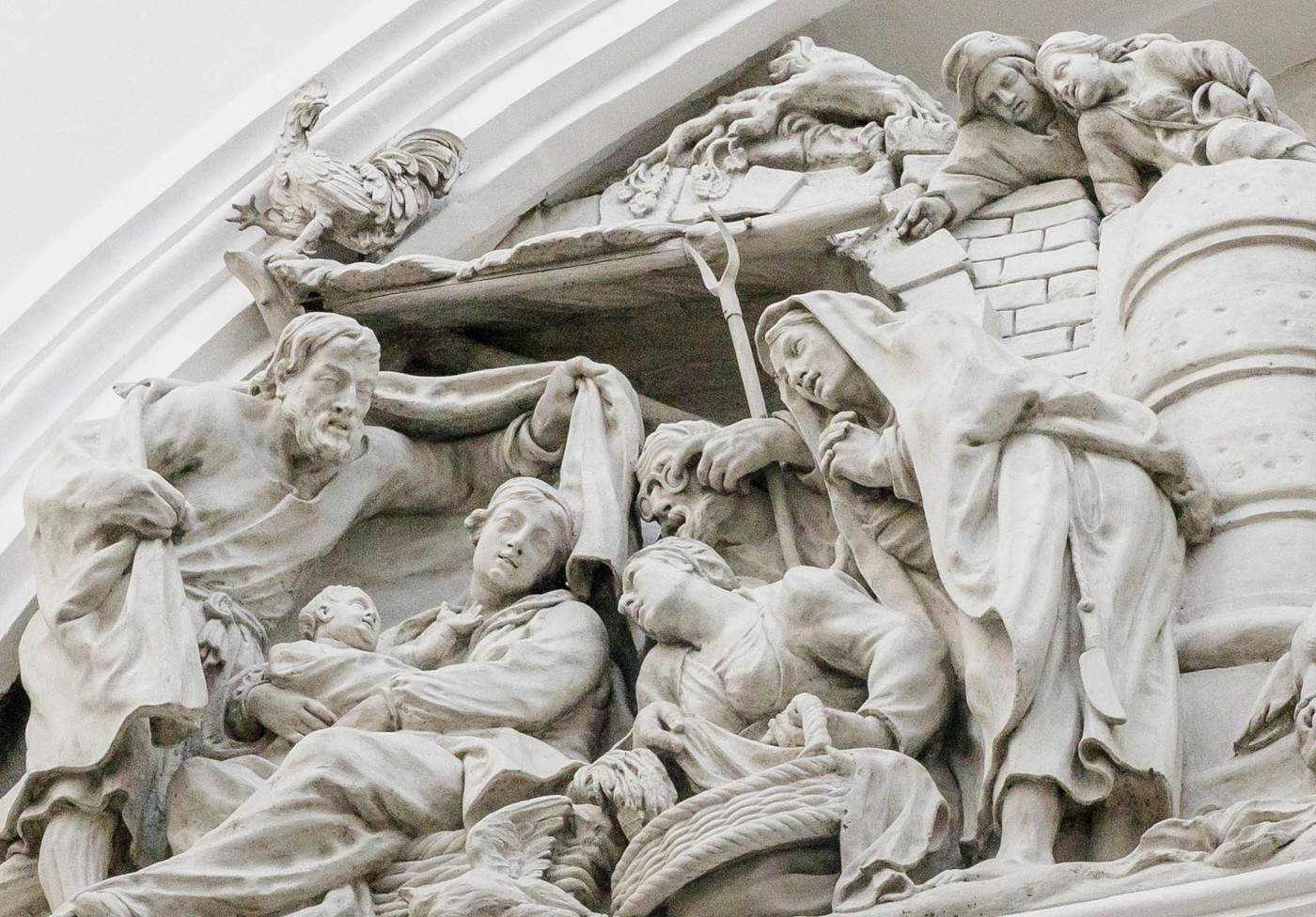
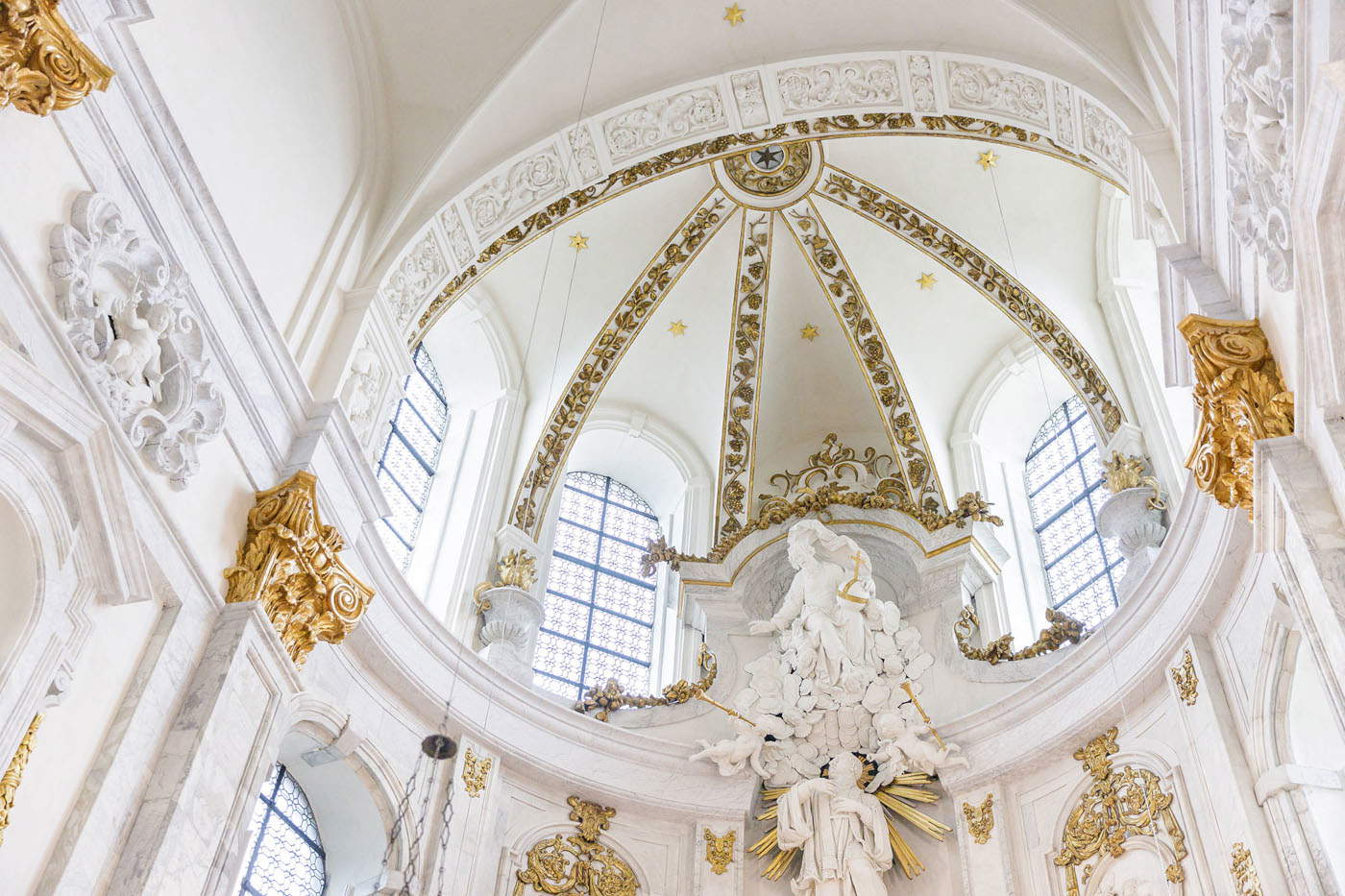
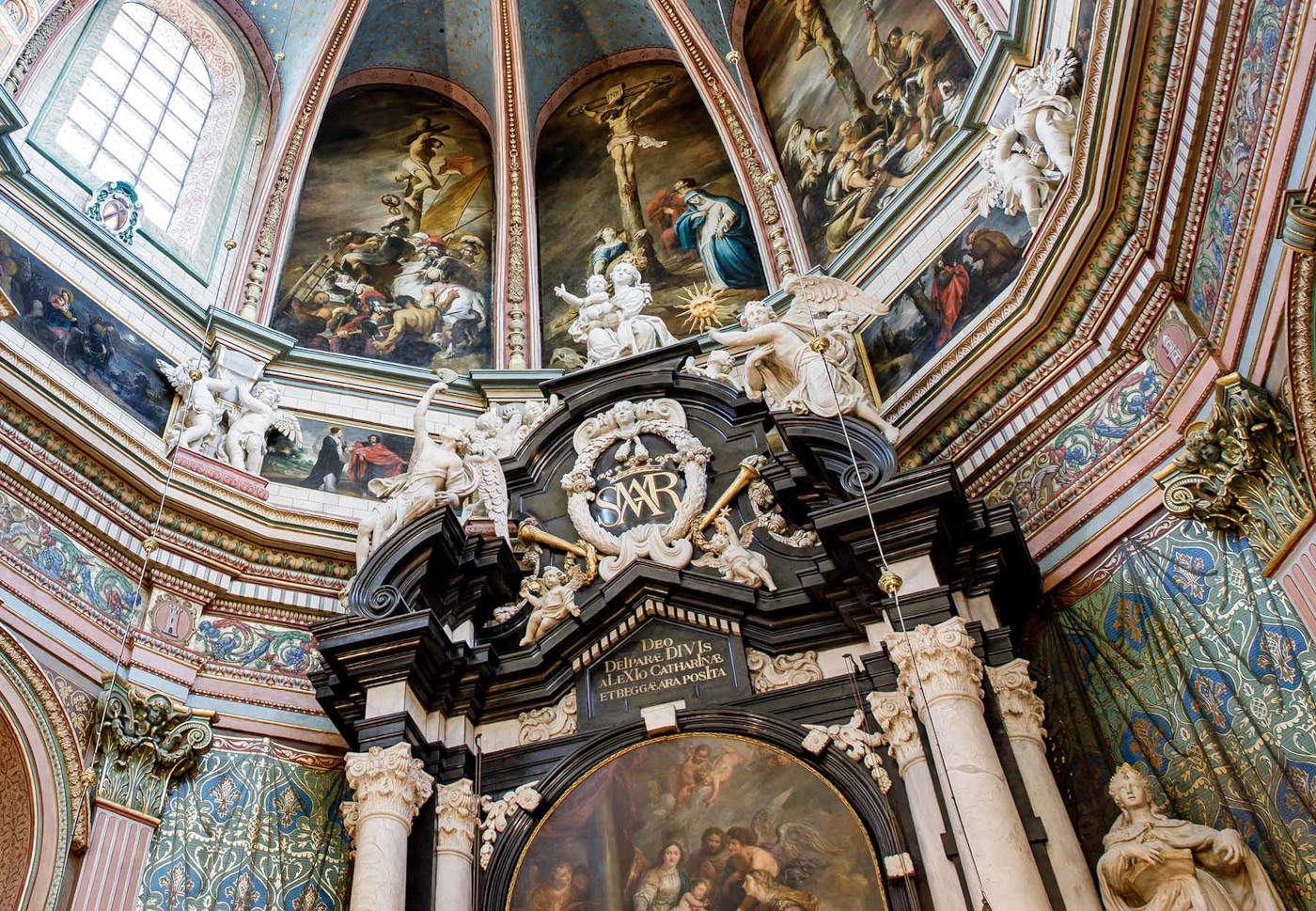
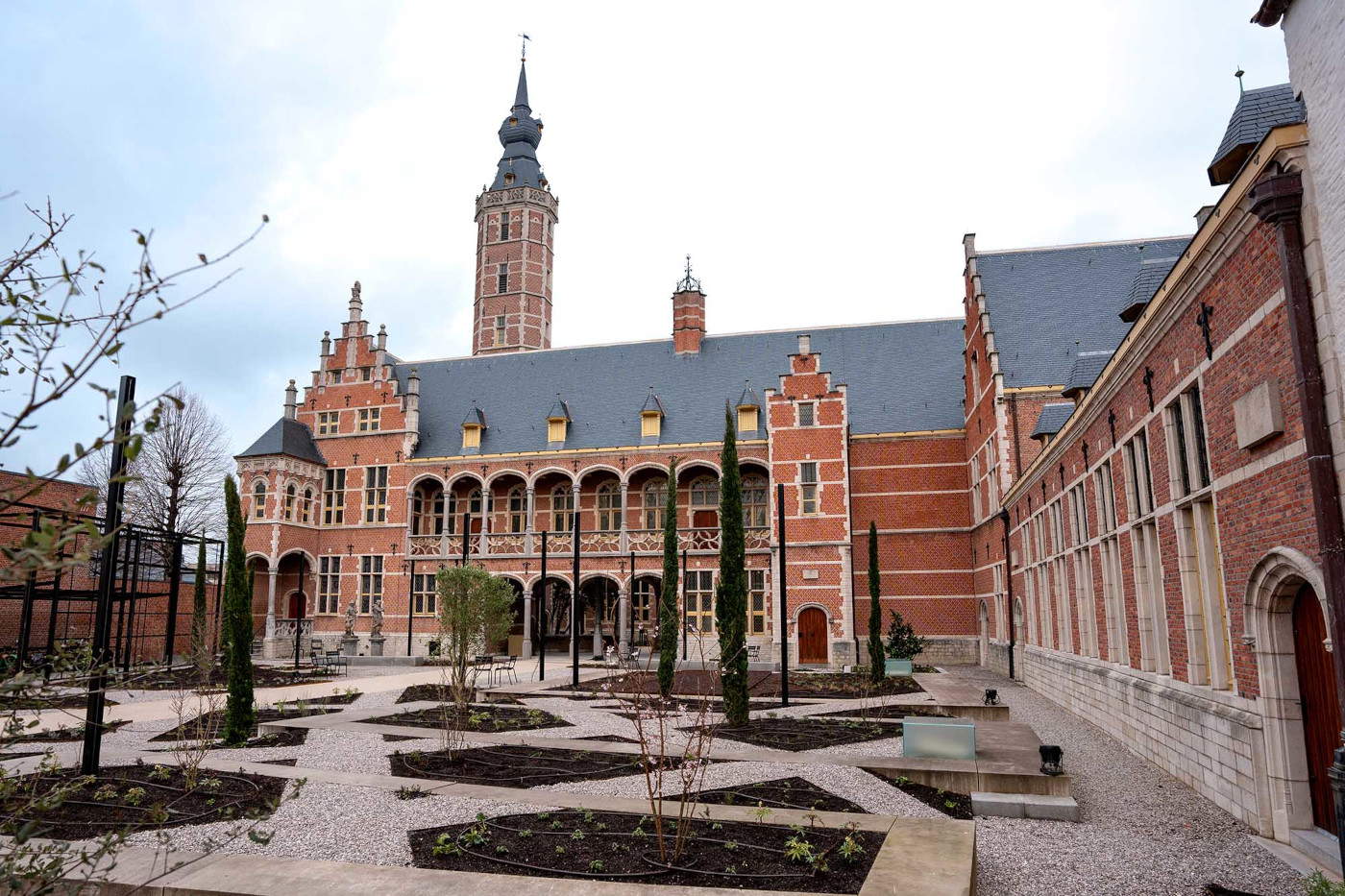
There is one sound that accompanies this trip, and that is the sound of bells. Mechelen is the world capital of bell music. Here, in fact, near the Cathedral of St. Rombald, is the more than 100-year-old Royal School “Jef Denyn,” founded in 1922 by Jef Denyn himself. The sound of bells accompanies city life every day, from church towers to gardens. Also not to be missed is the mobile specimen in the Sinte Mette garden, a true curiosity for young and old alike.
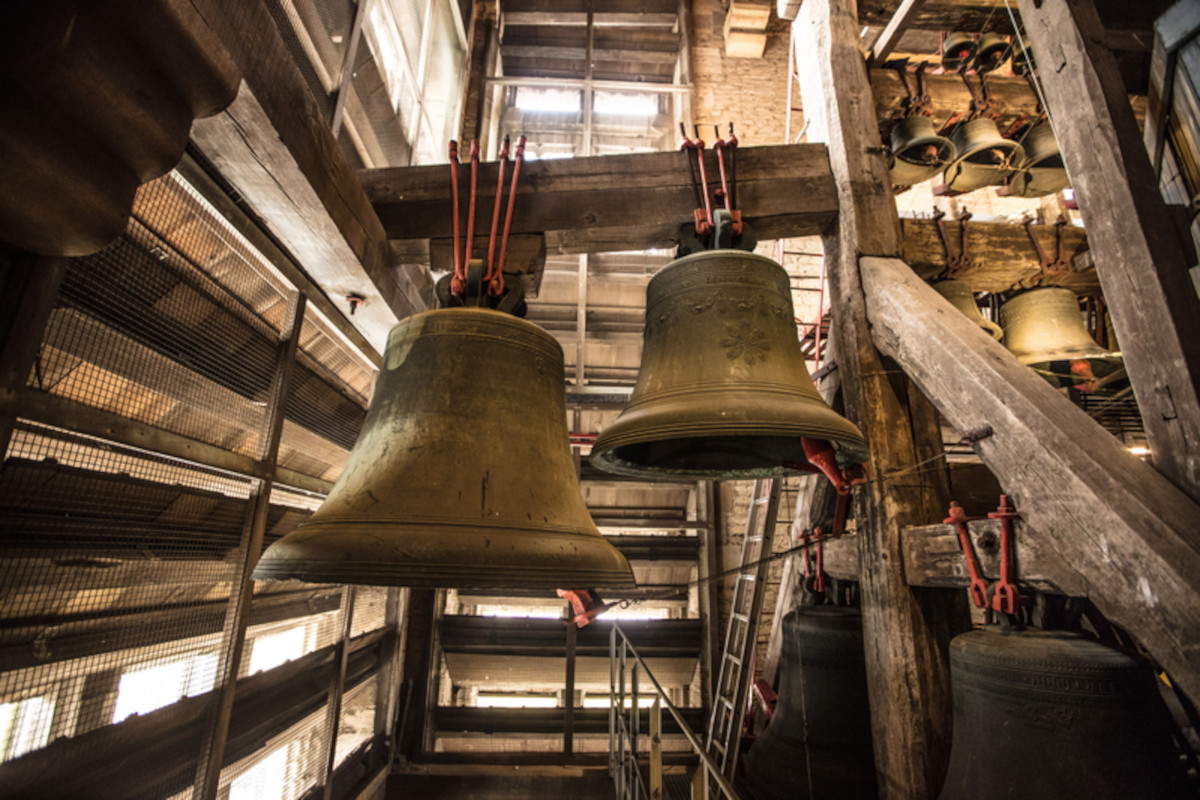
And when it’s time to delight the palate, we turn to the “Mond vol Mechelen”culinary itinerary, inspired by the flavors of the 16th century. Here the creativity of twelve local gastronomes reinterprets ancient recipes with a contemporary twist. One example? The vegan Renaissance burger at Funky Jungle restaurant, or the spicy cream cheese with coriander seeds and figs served at Schockaert. Or the shiny beetle-shaped praline created by maître chocolatier Pieter Vaes as a tribute to Margaret of Austria’s exotic cabinet of curiosities, while at Broodbroeders you can enjoy Renaissance-style gingerbread, that is, with rye, apple and pear syrup and a secret 16th-century spice blend. This is a perfect way to end the day with authentic flavors linked to the Flemish Renaissance tradition. For beer lovers, also, inside the Great Beghinage, one of the most striking places in Mechelen for its typical Flemish architecture and buildings (it has been declared a UNESCO World Heritage Site), is the historic brewery Het Anker, where the famous Gouden Carolus is brewed: founded in 1471, it is one of the oldest breweries in Belgium and visiting it is an experience.
“The Masters of Mechelen and Beyond” is a trip to a city that has made art its renaissance, where you can admire pictorial and sculptural masterpieces and visit spectacular Baroque churches. The tout is part of the larger project “Flemish Masters in Their Own Land,” to show how many Flemish cities are still at the center of a dialogue with the Masters of the past in the very places where they lived and created masterpieces.
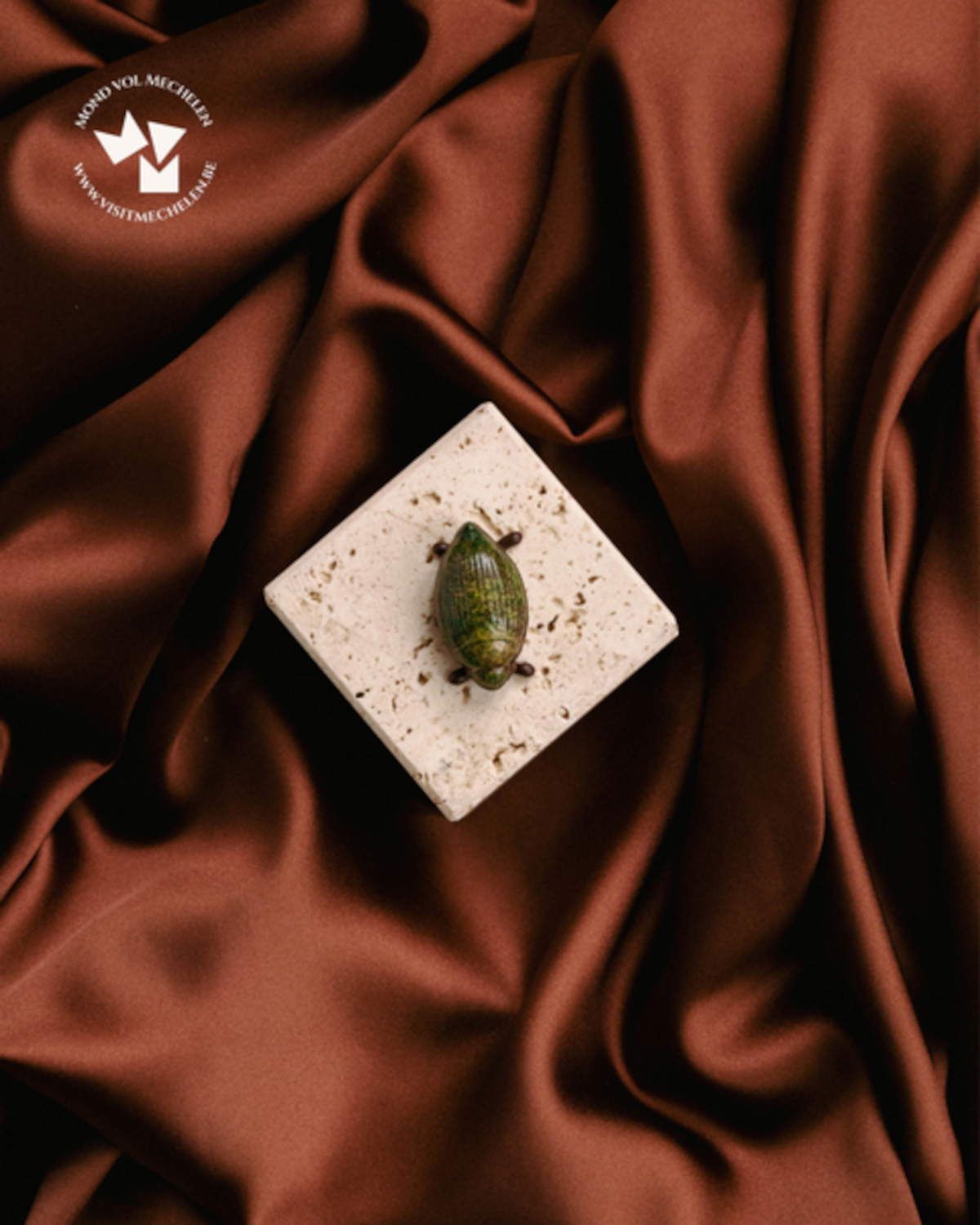
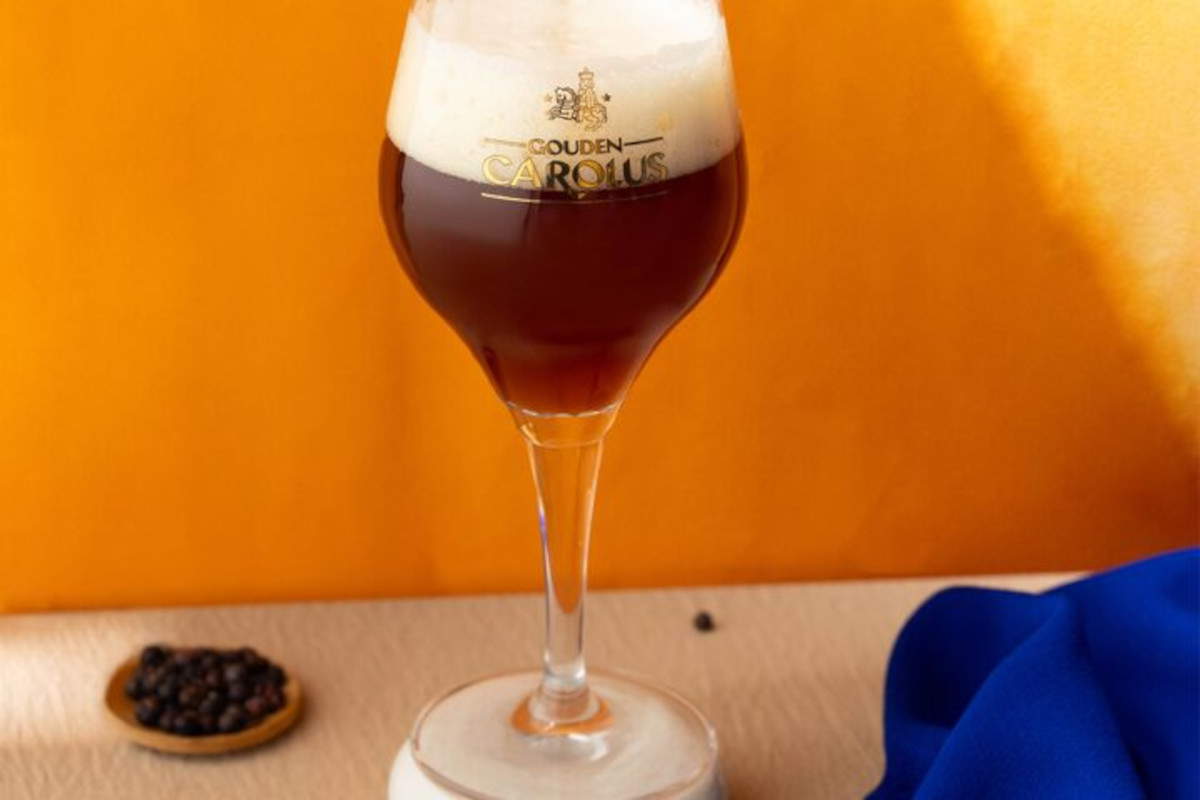
 |
| The Masters of Mechelen and beyond: tour of the Flanders city that is the world capital of bell music |
Warning: the translation into English of the original Italian article was created using automatic tools. We undertake to review all articles, but we do not guarantee the total absence of inaccuracies in the translation due to the program. You can find the original by clicking on the ITA button. If you find any mistake,please contact us.